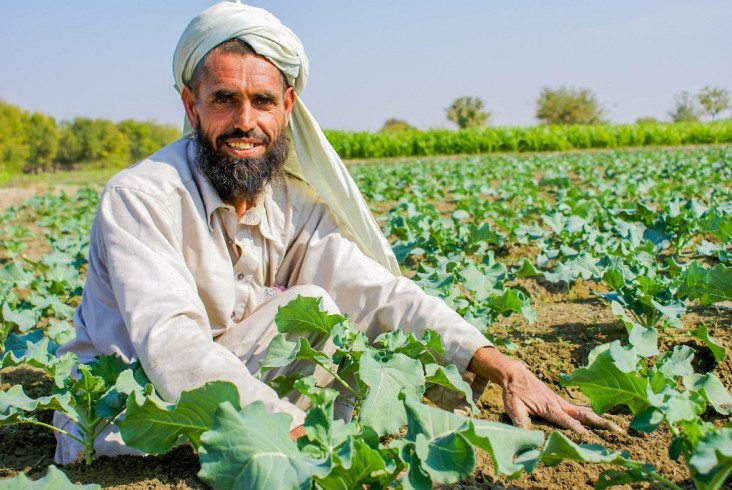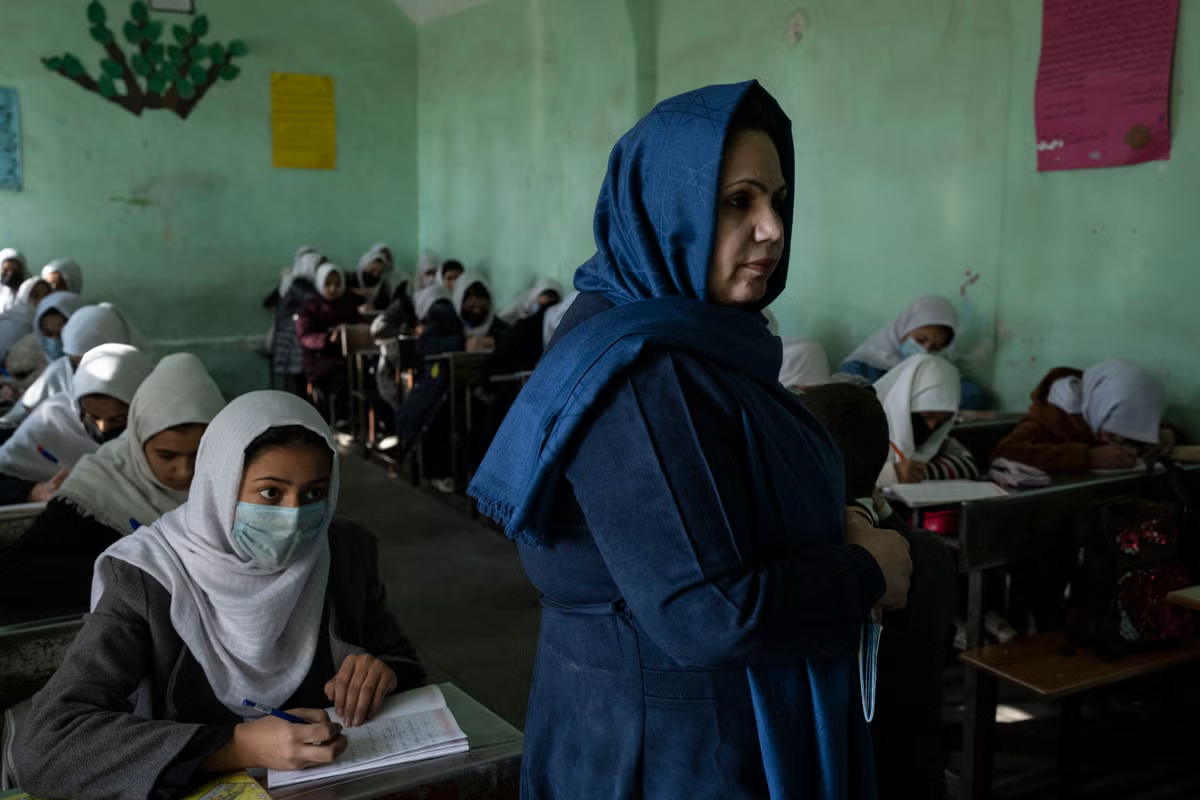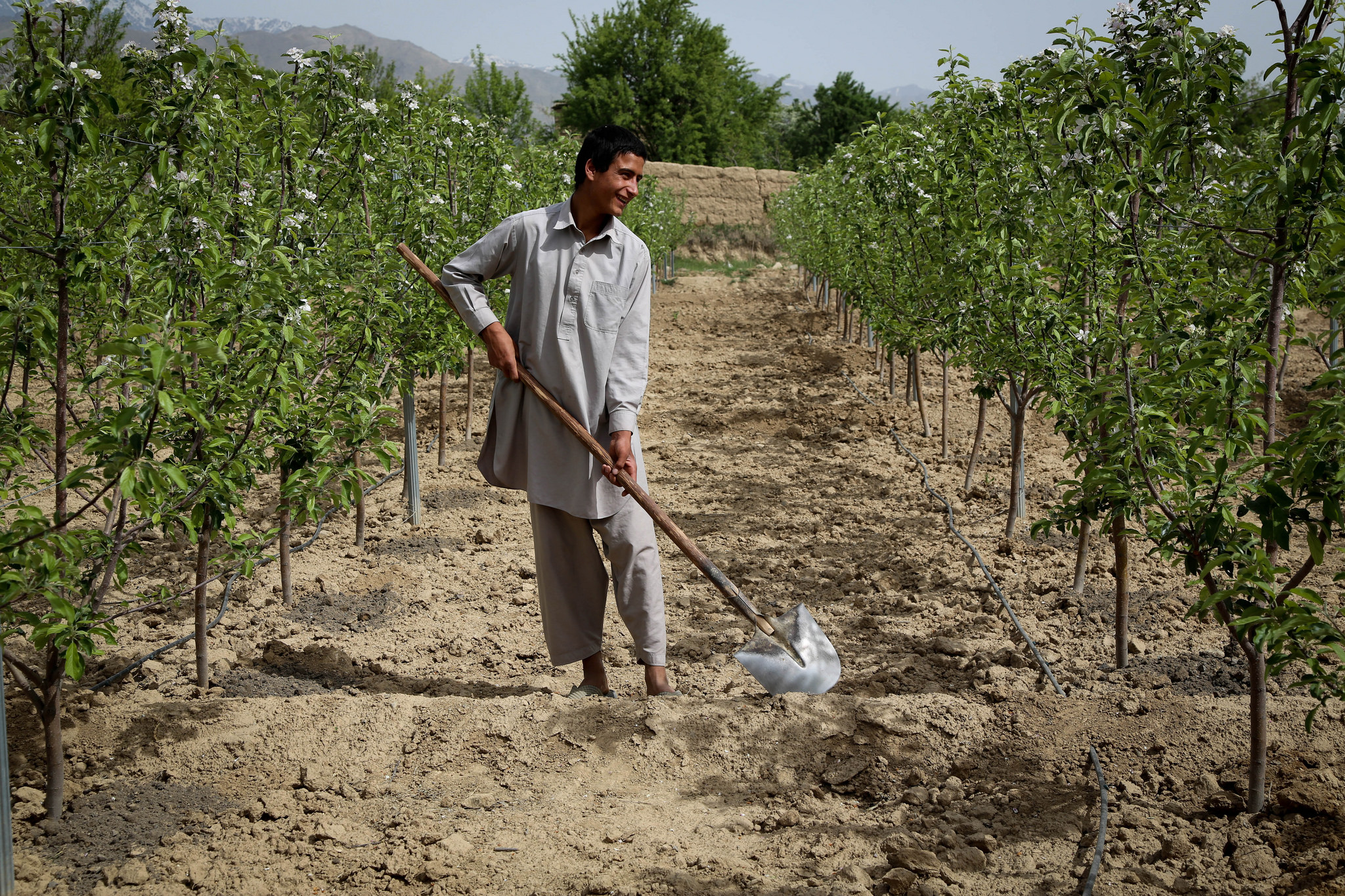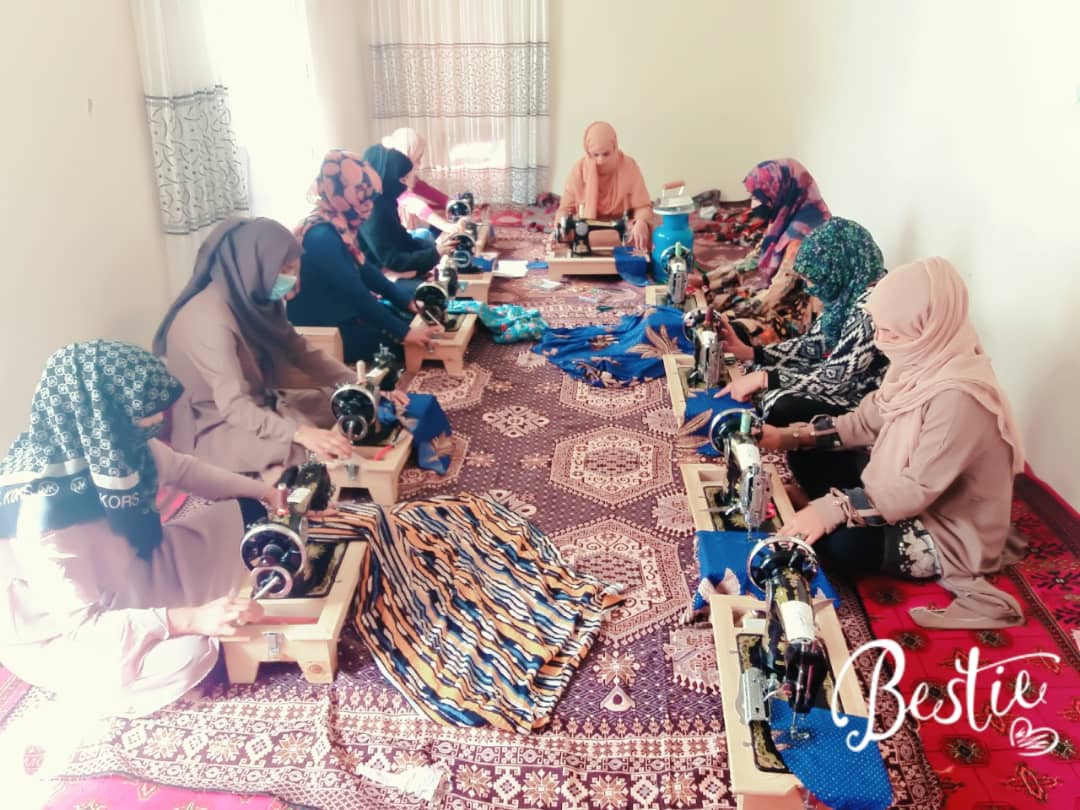Sustainable livelihoods refer to finding solutions to the problems of vulnerable communities by focusing on creating human-centered, participatory, and dynamic development opportunities. Livelihood encompasses individuals, their capabilities, and their means of living, including food, income, and assets. Livelihood is sustainable when it can withstand stresses and shocks, preserve or enhance its capabilities and assets both now and in the future, without undermining the natural resource base.

In the remote and marginalized areas of Afghanistan, particularly in Badakhshan province’s border districts, such as Zebak, Wakhan, and Shughnan Districts sustainable livelihoods are essential for community resilience and development. By promoting initiatives such as agricultural diversification, access to clean water, and skills training, communities can build economic stability while preserving natural resources. Herewith, CTCO believes that through collaborative efforts with local organizations and international partners, sustainable livelihood strategies can empower residents to thrive in challenging environments, fostering long-term prosperity and well-being.



CTCO empowers remote Afghan communities through agricultural diversification, clean water access, and skills training, fostering economic stability and preserving natural resources for long-term prosperity.
Afghanistan, with its abundant natural resources, has a conducive environment for economic growth. Industries such as livestock farming, agriculture, beekeeping, handicrafts, mineral processing, repair stone processing, fish farming, and poultry farming thrive in the country. However, the lack of creativity, ignorance of resources, spiritual poverty, and the absence of economically committed governments have led to instability in livelihoods, plunging generations into severe poverty.

Through its interventions in resource recognition and processing, CTCO aims to empower people to utilize these resources, transforming them into sustainable livelihood opportunities. One such initiative is a small-scale project enhancing rural women’s handicraft industries in a border district of Badakhshan province. This project, financially supported by international partners, adapts the value chain of industries to rural women, allowing them to showcase their crafts in the center and gain a better understanding of their work’s value.
